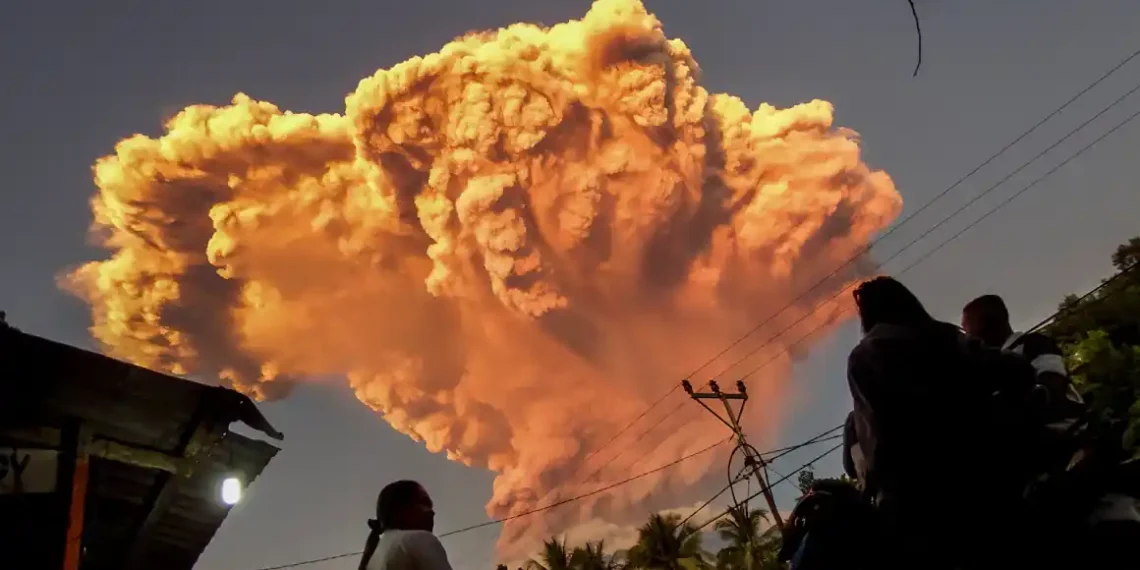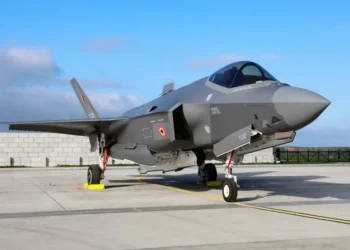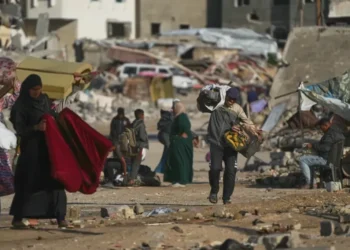Indonesia Volcano Eruption Sends Ash 6 Miles High, Grounds Flights to Bali and Beyond
A powerful volcanic eruption in Indonesia has disrupted air travel across Southeast Asia after Mount Lewotobi Laki Laki blasted a towering column of ash more than six miles into the sky, grounding dozens of flights in and out of Bali and prompting evacuations in nearby villages.
A Dramatic Eruption Over Flores
The eruption occurred at 5:35 p.m. local time on Tuesday, when Mount Lewotobi Laki Laki, located on Flores Island in south-central Indonesia, unleashed a massive ash plume reaching 6.8 miles (11 kilometers) high, according to the country’s Geological Agency.
Dramatic images showed a mushroom-shaped, orange-tinged cloud stretching into the sky and blanketing the nearby village of Talibura. The plume was visible as far as 93 miles (150 kilometers) away.
Authorities immediately raised the alert level to its highest and urged tourists and locals to steer clear of the danger zone surrounding the volcano.
Flights Delayed and Canceled Across Asia-Pacific
The eruption has had a ripple effect on regional travel, with dozens of flights to and from Bali canceled or delayed. Denpasar International Airport flagged the disruptions as “due to volcano” on its official website. Affected routes included not only domestic flights to Jakarta and Lombok but also international flights to Australia, China, India, Malaysia, New Zealand, and Singapore.
Singapore’s Changi Airport confirmed cancellations by Jetstar, Scoot, and AirAsia, including a midday flight to Jakarta.
Meanwhile, Fransiskus Xaverius Seda Airport, closer to the eruption zone, was closed until Thursday for passenger safety, according to AirNav, Indonesia’s air navigation authority.
Stranded Tourists Scramble — and Reflect
The travel chaos left many holidaymakers scrambling for alternatives. Among them were Singaporean tourists Athirah Rosli, 31, and her husband Fadzly Yohannes, 33, who woke up to find their return flight canceled.
“My first reaction was annoyed and panicked,” Rosli told CNN. “But I calmed down almost immediately. We rebooked flights, found new accommodation, sorted out insurance — and then just had breakfast.”
In hindsight, she added, “It was a blessing in disguise that we’re safe and well.”
Ongoing Volcanic Activity
The eruption isn’t an isolated event. Officials say volcanic activity at Mount Lewotobi Laki Laki has surged, with 50 incidents recorded in just two hours — a major spike from the usual 8 to 10 daily.
On Wednesday morning, the volcano erupted again, though with a smaller ash column of about 0.6 miles (1 kilometer). Residents from two nearby villages were evacuated, and authorities have set up an 8-kilometer (5-mile) exclusion zone around the crater. They’ve also warned about the risk of lava flows triggered by heavy rain mixing with volcanic debris in nearby rivers.
A Pattern of Eruptions and Disruptions
This is far from the first time Mount Lewotobi Laki Laki has disrupted life in Indonesia. It last erupted in May, prompting a similar elevation in alert level. Earlier in March, a major eruption forced airlines like Jetstar and Qantas to cancel or delay flights to Bali, over 500 miles away.
And in November, a series of violent eruptions killed nine people, injured dozens, and forced mass evacuations.
Living on the Ring of Fire
Indonesia, home to more than 270 million people, is no stranger to volcanic activity. The country has 120 active volcanoes, more than any other nation, and sits along the Pacific “Ring of Fire” — a vast zone of seismic activity that stretches in a horseshoe shape across the Pacific Basin.
While locals and tourists alike are accustomed to the geological drama, the eruption of Mount Lewotobi Laki Laki is a stark reminder of the constant tension between paradise and peril that comes with life in one of the world’s most volcanically active regions.
This article was rewritten by JournosNews.com based on verified reporting from trusted sources. The content has been independently reviewed, fact-checked, and edited for accuracy, neutrality, tone, and global readability in accordance with Google News and AdSense standards.
All opinions, quotes, or statements from contributors, experts, or sourced organizations do not necessarily reflect the views of JournosNews.com. JournosNews.com maintains full editorial independence from any external funders, sponsors, or organizations.
Stay informed with JournosNews.com — your trusted source for verified global reporting and in-depth analysis. Follow us on Google News, BlueSky, and X for real-time updates.













